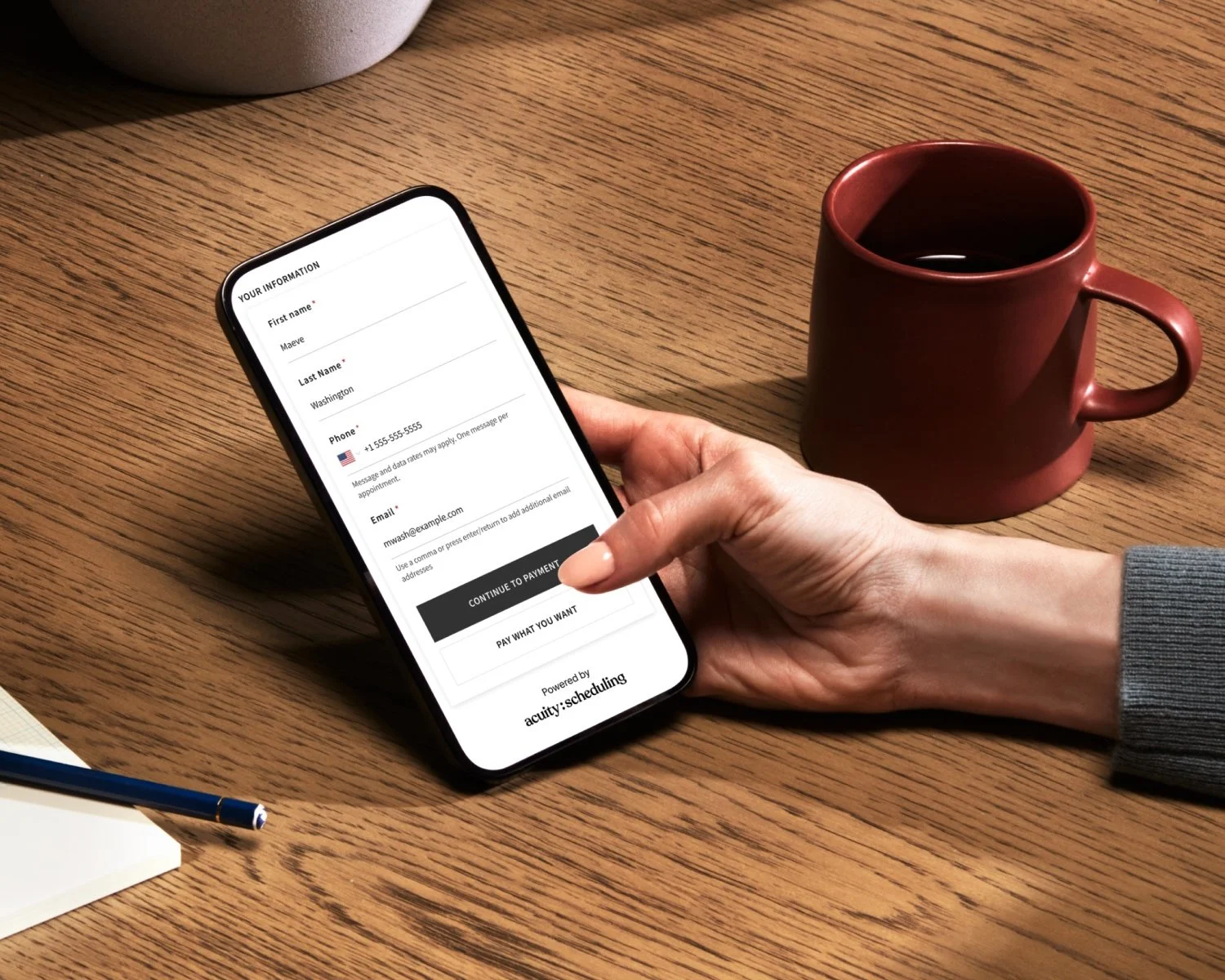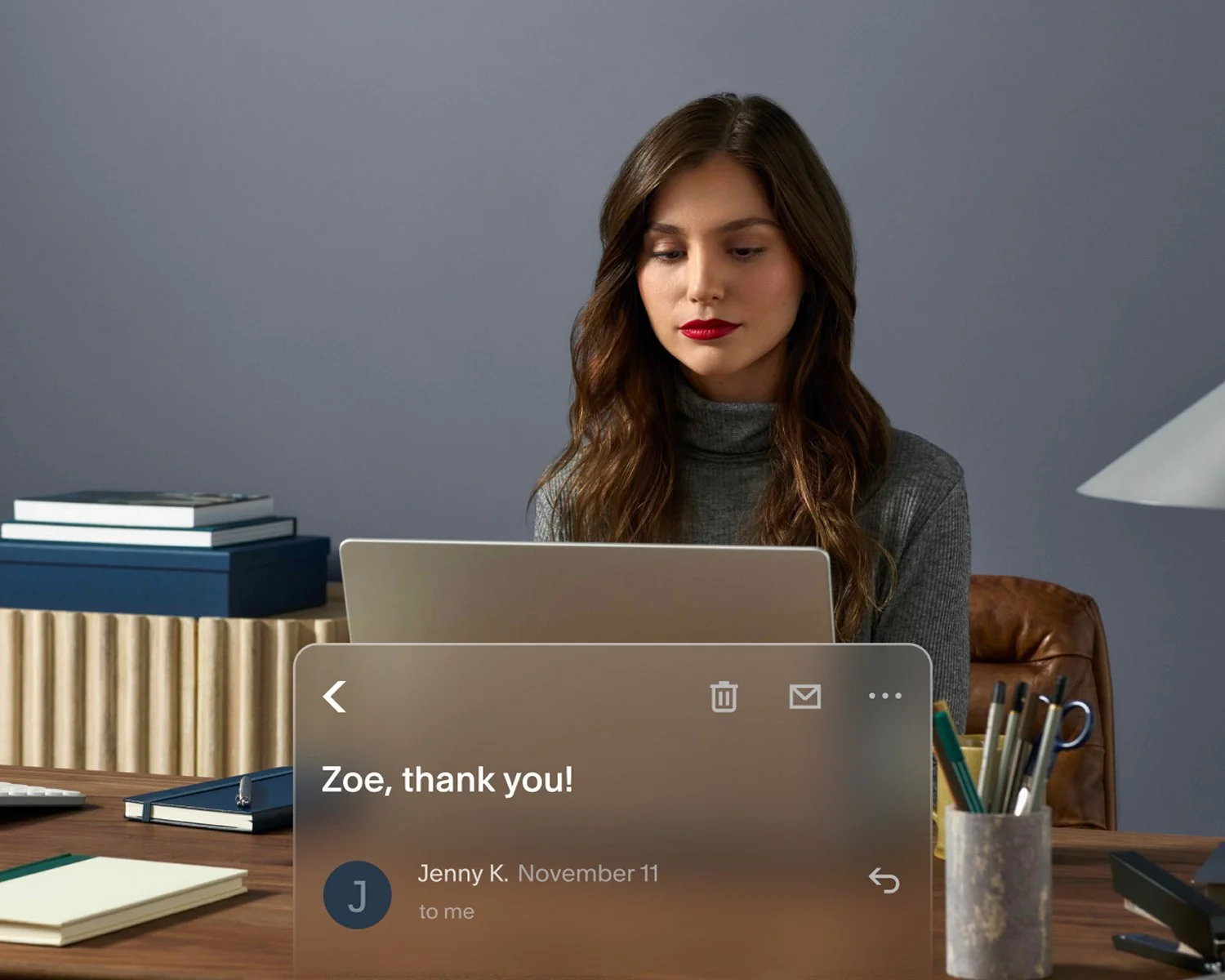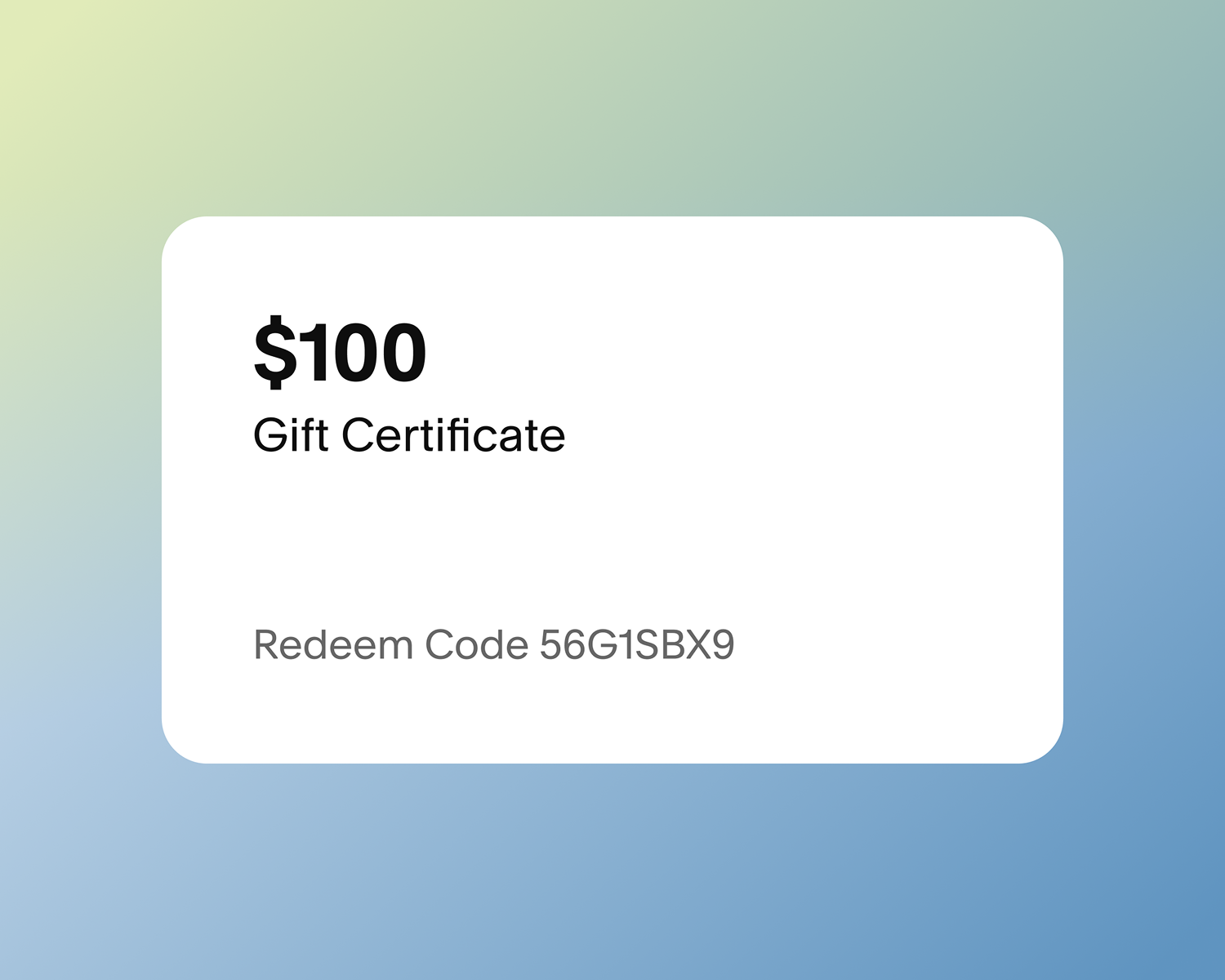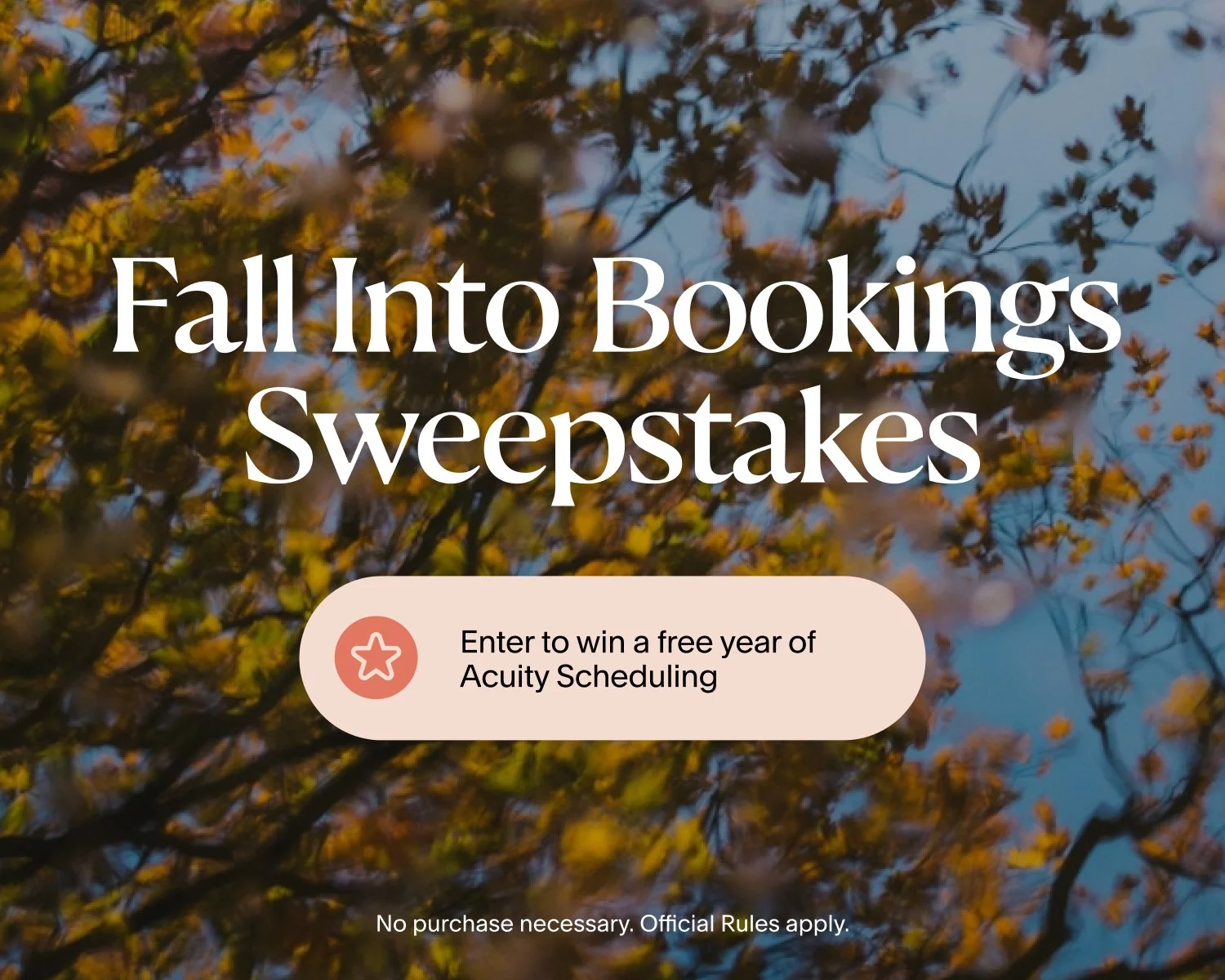Ideias para a campanha Giving Tuesday: agende e contribua
Giving Tuesday (December 2, 2025) is one of the biggest giving days of the year, inspiring donations, volunteerism, and community-building all over the world. For nonprofits, it’s an opportunity to amplify awareness, rally supporters, and raise contributions as the year winds down. For service-based businesses, it’s a prime time to show community support, run donation-based events, or use creative offers to showcase what you stand for.
With millions of individuals and organizations taking part each year, planning ahead is key. In this guide, we’ll explore practical strategies, campaign ideas, and tools you can use to make your Giving Tuesday efforts effective and engaging.
What is Giving Tuesday?
Giving Tuesday started in 2012 at New York’s 92nd Street Y with a simple idea: inspire generosity. It became its own independent organization in 2019 and has since grown into a global movement celebrated in more than 100 countries.
Every year on the Tuesday after Thanksgiving, individuals, nonprofits, and businesses join in—raising funds, volunteering, and running creative campaigns that remind people it feels good to give back. The day balances out the Black Friday shopping frenzy, shifting focus from buying more to doing more good.
Why Giving Tuesday matters for nonprofits
For nonprofits, the Giving Tuesday spotlight is too valuable to ignore. Donors are more engaged, media outlets amplify stories of impact, and online giving platforms often see record traffic. GivingTuesday.org reports that U.S. donors contributed $3.6 billion in 2024, a testament to the power of momentum and collective giving.
Running a thoughtful Giving Tuesday campaign can mean not only more money but also stronger awareness and new supporter relationships that last into the following year.
It offers the chance to:
Tap into momentum: Donors are primed to give on this day. Participating puts your nonprofit in the conversation.
Expand reach: Campaign hashtags, community events, and local collaborations amplify your visibility.
Build trust: Clear, impact-driven messaging fosters donor loyalty and give supporters a reason to keep giving.
Kick off year-end giving: Giving Tuesday marks the start of the biggest fundraising season, setting the tone for December campaigns.
We’re not a nonprofit—can we still participate?
Absolutely. Giving Tuesday is all about building community and giving back, no matter your business model. Service businesses, studios, or independent pros can all join in by aligning their work with causes that matter to them.
You might:
Dedicate a portion of sales from appointments booked that day to a local charity or community organization.
Offer discounted or free sessions for underserved groups.
Sell a “Buy One, Give One” package where clients can book for themselves and fund a service for someone in need.
It’s the perfect time to demonstrate your values, engage clients meaningfully, and support local communities, even without nonprofit status.
Creative Giving Tuesday ideas for nonprofits and businesses
Looking for inspiration to make your Giving Tuesday efforts stand out? Whether you’re a nonprofit rallying donors or a service business hoping to give back, the best campaigns balance creativity with impact. Here are some approaches worth trying:
1. Tell micro-stories
Instead of relying on one big annual appeal, share a series of short, heartfelt stories across your channels. Highlight a single client, a volunteer, or a behind-the-scenes moment in your work. These bite-sized stories are relatable, easy to share, and help supporters see the real impact of their contributions.
2. Host a pay-what-you-can event
Make generosity tangible with a pay-what-you-want workshop, class, or community gathering. Nonprofits can use these events to bring new supporters in at an accessible price point, while businesses can tie proceeds to a cause. Check out our guide on pay-what-you-want pricing if you’d like a deeper dive into how flexible models work.
3. Match gifts
Encourage urgency by partnering with a sponsor or major supporter to match contributions. Even small matches double the perceived impact and motivate people to give more. Businesses can also adapt this by matching client donations dollar for dollar.
4. Gamify giving
Add a sense of fun by creating milestones or challenges. A nonprofit might unlock a new service once a fundraising goal is met. A hair salon could promise to dye their director’s hair purple if donations hit $5,000. These lighthearted touches give supporters a reason to check back and share progress.
5. Go behind the scenes
Run a livestream, share short videos of your team at work, or invite donors to a virtual open house. Transparency builds trust, and people enjoy seeing the human side of your organization or business.
6. Launch a social media challenge
Ask supporters to post why they give, nominate friends, or share photos tied to a campaign hashtag. Nonprofits can use this to build awareness beyond their donor base, while businesses can boost visibility while reinforcing community values.
7. Partner locally
Teaming up with neighbors can help you get in front of more people and capture their attention. A coffee shop might donate $1 per latte, while a nearby massage therapist promotes the campaign to clients looking to relax and recharge. Or a fitness studio could host a donation-based class, co-sponsored by a local health food market. These types of collaborations add value to everyday purchases.
8. Highlight creative products or services
Artists, coaches, or educators can tie Giving Tuesday to limited-edition offerings, like a special workshop or print, with proceeds benefiting a cause. This creates FOMO, inspiring participation and giving supporters something tangible in return.
Campaigns like these succeed because they’re flexible and accessible. They invite people to give in a way that fits their means while creating the sense of being part of something bigger. And with tools like Acuity Scheduling, you can turn any of these ideas into reality—simplifying sign-ups, handling payments or donations, and freeing you up to focus on building relationships that last long after Giving Tuesday.
Your ultimate Giving Tuesday toolkit: Plan, promote, repeat
Great ideas need the right structure to succeed. Turning inspiration into impact requires a plan and the right tools to back it up. Here’s what to have in place before launch:
A clear goal: Don’t just “raise money.” Decide whether you’re aiming for dollars, new donors, volunteer signups, or awareness. Use the SMART goal framework to set goals that are specific, measurable, achievable, relevant, and time-bound—because “winging it” is rarely a winning strategy.
Impact messaging: Skip the vague asks. “$50 provides one week of meals” lands harder than “support our mission.” Stories, testimonials, or case studies give people a clear picture of how their contributions matter and a reason to come back next year.
Scheduling and payment software: Make it ridiculously easy for people to participate. With Acuity, donors and clients can book pay-what-you-want events, reserve volunteer shifts, or schedule donor consultations in just a few clicks—no paper sign-up sheets required.
Automated notifications: You’ve got bigger things to do on Giving Tuesday than get bogged down in emails. Let Acuity handle booking confirmations and appointment reminders, so supporters show up on time while you focus on the good stuff.
Visual assets: Eye-catching graphics, email banners, and updates to your website or scheduling page style keep everything looking cohesive, nudging supporters to recognize your campaign instantly.
Follow-up plan: The campaign doesn’t end when Giving Tuesday does. Thank donors quickly, share results, and invite people to stay connected. Gratitude today lays the groundwork for generosity tomorrow.
Giving Tuesday email examples that actually get clicks and donations
Even the best campaign ideas won’t go far without a little promotion. And while social media may get the spotlight, email is still one of the most reliable ways to rally support. A thoughtful message can cut through crowded inboxes, show the impact of your work, and send people straight to your donation page or booking system with a single click.
Here are some Giving Tuesday email approaches to inspire your outreach:
Story-driven email: Nothing connects faster than a human story. Share a short, compelling snapshot about a client, volunteer, or project you support. End with a clear, direct call to action like: “Give today to help Sarah access her weekly tutoring sessions.”
Countdown or urgency email: Remind supporters that generosity has a deadline. Subject lines like “Only 48 hours left to make an impact” or “Today’s your chance to double your gift” create urgency and nudge action.
Matching gift email: Spotlight a sponsor or donor who’s willing to match contributions. Phrases like “Every $1 becomes $2 today” make generosity feel bigger and harder to pass up.
Pay-what-you-can event email: Hosting a flexible, donation-based class or session? Announce it via email with clear stakes: “Join our workshop and pay what you can—100% of proceeds support local youth programs.”
Thank-you / impact follow-up email: Don’t leave supporters hanging after Giving Tuesday. Send a warm thank-you that also shares results. A short note with photos, stats, or quotes reminds people their gift mattered and primes them to come back next year.
Giving Tuesday best practices to shine and schedule successfully
What separates a Giving Tuesday campaign that fizzles from one that builds momentum is how you put it into practice. The way you communicate, follow up, and frame your efforts can make the difference between a one-off donation or booking and lasting support. Keep these practices in mind as you roll out your campaign:
Keep messaging simple. Donors and clients are busy, so don’t overwhelm them with multiple asks. Whether in email or social posts, focus on one clear call to action at a time.
Write emails that work. Subject lines should be clear and action-oriented. Personalization helps too—use names, reference past support, or highlight a program your audience already cares about. And remember: one email, one primary request.
“Your chance to double your gift today”
“Your seat is waiting (and you set the price)”
“Meet Sarah: Your gift can change her week”
“Join our Giving Tuesday workshop—pay what you can”
“Final hours: Your chance to give back this season”
Be transparent. Show exactly how funds or bookings will be used to establish credibility. For example, “$25 covers one therapy session for a client” is more convincing than a vague “support our work.”
Lean into your community. Encourage peer-to-peer fundraising or ambassador programs where supporters rally others on your behalf. These efforts expand your reach and create a sense of shared ownership in the campaign.
Measure and share your impact. Supporters want to know their participation matters. Track donations, hours volunteered, or services delivered, then share results publicly. Infographics, short videos, or heartfelt thank-you emails (“Because of you, we hit our goal” or “Look what we did together this Giving Tuesday”) reinforce trust and encourage repeat engagement next year.
Think beyond the day. Giving Tuesday can be a launchpad instead of a finish line. Invite donors or clients into your year-end campaigns, recurring programs, or future events so the relationship stays strong after December 2.
Run your next giving campaign with Acuity Scheduling
Giving Tuesday is a can't-miss opportunity to deepen your connections with your community and create experiences that make an impact. Whether you’re a nonprofit or a service-based business, using the right strategies and tools makes participation an easy choice.
With Acuity Scheduling, you can simplify booking, payments, and donation-based offerings, removing barriers for supporters and turning short-term generosity into long-term growth.
Start your free trial today to plan your Giving Tuesday campaign and turn your ideas into action.












